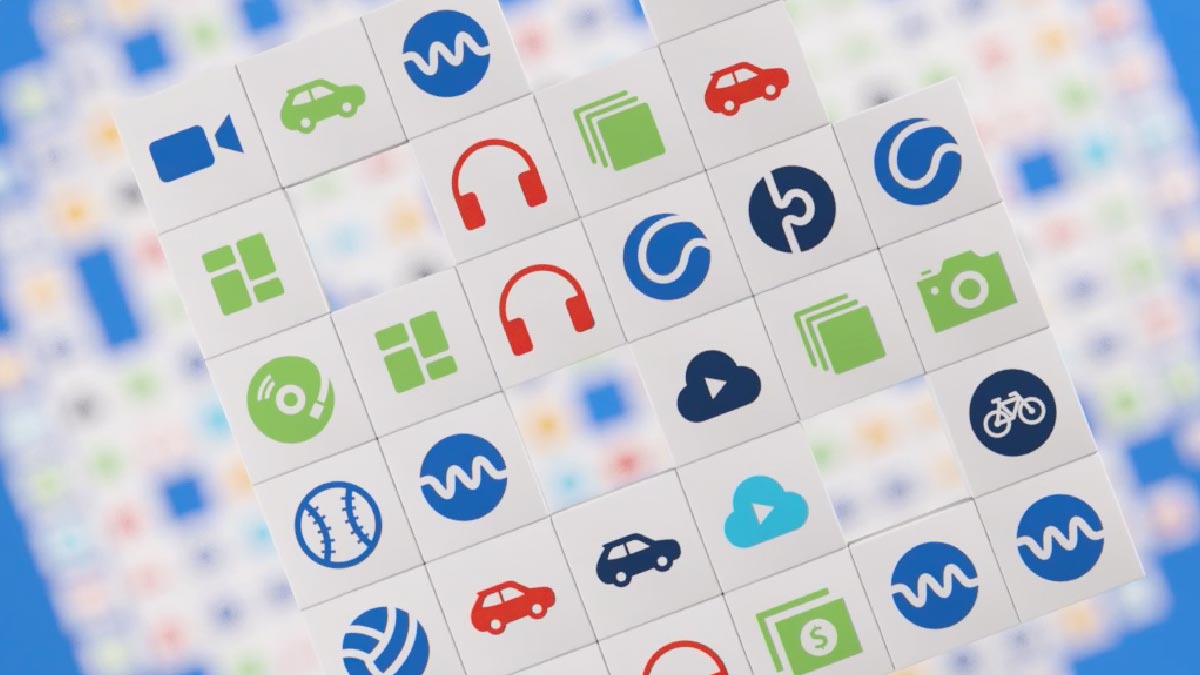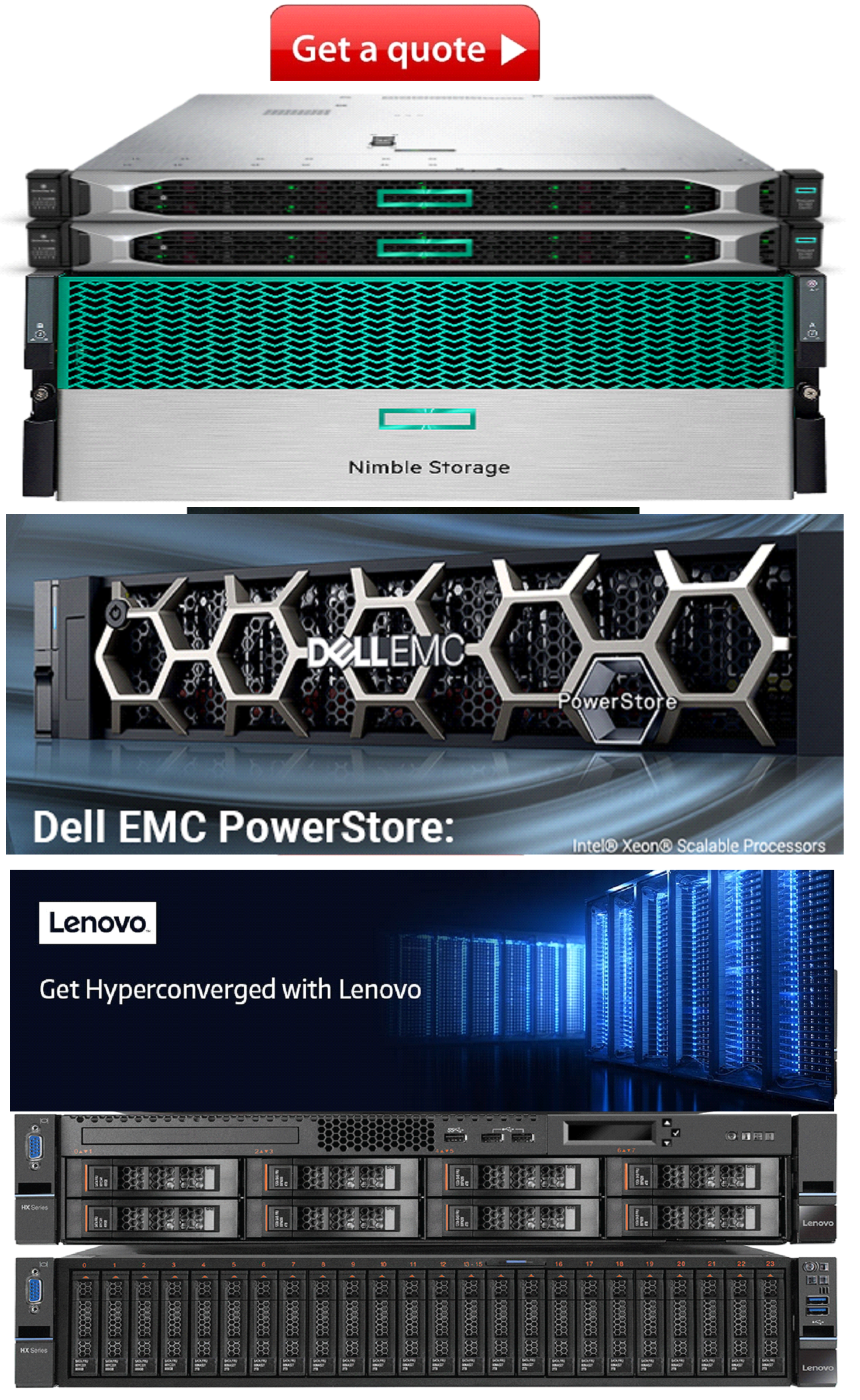Cisco’s platform strategy: a simple, secure, single pane of glass

Cisco’s Networking Cloud and Security Cloud offer powerful capabilities while reducing complexity.
IT and security teams face unprecedented demands for the most secure, seamless experiences possible. But in a world of ever-increasing complexity -- from multiple clouds, explosions of third-party apps, IoT, and relentless security threats -- they are not easy to provide.
That's why Cisco's platform-based approach is so important. Its goal? To create a unified experience that integrates previously disjointed solutions into one simple, secure, single pane of glass.
Cisco Networking Cloud is the latest realization of this strategy. Designed with network portfolio simplification of in mind, it enables a single-platform experience for seamlessly managing all networking domains. With its powerful capabilities, it can proactively manage the network, eliminate silos, ensure performance, and reduce human workloads.
"Cisco Networking Cloud brings cloud-based management monitoring and the ability to configure and see what's happening across your infrastructure, from your campus to your data center to the internet," Cisco CEO Chuck Robbins said in a CNBC interview, "and actually to have a single pane of glass from the cloud to manage cloud-based assets as well as on-prem assets."
Cisco Networking Cloud also integrates with other unified offerings, like the Cisco Security Cloud, which was released last year.
"We unified the IT experience for security and now we’re doing the same thing for connectivity," said Jonathan Davidson, executive vice president and general manager of the Cisco networking team, said of the new Cisco Networking Cloud.
It’s an approach that Cisco calls "radical simplicity," and it extends from networking to security and beyond. It leverages conscious design, along with emerging technologies like AI and machine learning, to make it happen. And its powerful, proactive automation promises to unleash new capabilities, while freeing up strapped IT teams for more creative tasks.
"Until now, there has never been a consistent way to go through and automate your network operations to analyze and diagnose issues and to assure the user experience in one place," said Davidson, speaking at a Cisco Live keynote in June. "And that is driving the vision for the Cisco Networking Cloud."
Davidson went on to describe the platform's ability to manage across a variety of previously disparate environments, whether campus, branch, data center, compute, IoT, SD-WAN, and more. And it does this by merging Cisco offerings that include ThousandEyes for end-to-end networking assurance, cloud monitoring for Catalyst devices, sustainable data-center monitoring, and AI Data-Center Blueprint for Networking.
"It is an integrated platform for both on-premises and cloud-based operating models," he continued. "It will help IT teams provide unified experiences for end users and manage Cisco networking products in one place. Fragmented platforms will converge. And isolated pockets of data will be replaced by accessible insights available to all."
Davidson stressed Cisco is striving to integrate and simplify all its products and solutions, with the goal of a unified experience for all who use or manage them.
"Unified experiences will not only bring together these technologies and applications," he stressed, "they will bring together both people and things. And if we securely connect everything, then anything is possible."
The strategy is already resonating with analysts and customers, including Zeus Kerraala, founder and principal analyst at ZK Research. He describes these new Cisco platform-based solutions as "superclouds."
"I think Cisco's vision is outstanding," he told SiliconAngle. "They want to create these clouds for security and networking. They have one for Webex already and full-stack observability. I believe they'll probably build one for sustainability sometime down the road."
Powerful security, unified user experience
With regards to security, the Cisco Security Cloud is an AI-enabled unified platform for securing and connecting organizations of all sizes and types across hybrid multi-cloud environments. Additionally, it uses cross-domain telemetry, open APIs, and unified policy to deliver hybrid multicloud security with a unified user experience.
One of the many problems it aims to solve is the complexity and vulnerability created by myriad disjointed point security tools. At a time when defenses are scattered, attacks are increasingly coordinated.
"On average, people have between 50 and 70 products within their organizations that they have to deal with," said Jeetu Patel, Cisco's EVP and GM for security and collaboration. "That's 50 to 70 different policy engines. That's 50 to 70 different places where you’ve got contention for policy. It makes our defenses completely isolated as the attacks are getting extremely coordinated."
The solution, Patel continued, is "a platform for security rather than just a bunch of individual point solutions that don’t really work well together, that create isolated defenses."
Another feature, Cisco Secure Access, enables a closer integration with Cisco Networking cloud features like ThousandEyes.
"Secure access on Cisco Security Cloud makes it better for users, easier for IT, and safer for everyone," said Patel. "It's a frictionless experience. And you can expect many more such integrations between our platforms."
In the end powerful capabilities are worth little if they come with onerous levels of complexity. So, when Cisco released a dizzying array of new features at Cisco Live, Robbins assured the audience that it would not be at the cost of simplicity and ease of use.
"We love features," Robbins said. "But if you can’t deploy them, they're no good. So, the No. 1 feature that our teams will continue to focus on is simplicity."
 US Dollars
US Dollars
 United Arab Emirates Dirham
United Arab Emirates Dirham
 Euro
Euro
 British Pound
British Pound
 Turkish Lira
Turkish Lira
 Canadian Dollar
Canadian Dollar
 South African Rand
South African Rand
 Indian Rupee
Indian Rupee
 Brazilian Real
Brazilian Real
 Indonesian Rupiah
Indonesian Rupiah
 Singapore Dollar
Singapore Dollar
 South Korean Won
South Korean Won
 Japanese Yen
Japanese Yen
 Chinese Yuan
Chinese Yuan
 Mexican Peso
Mexican Peso
 Qatari Rial
Qatari Rial
 Saudi Riyal
Saudi Riyal

